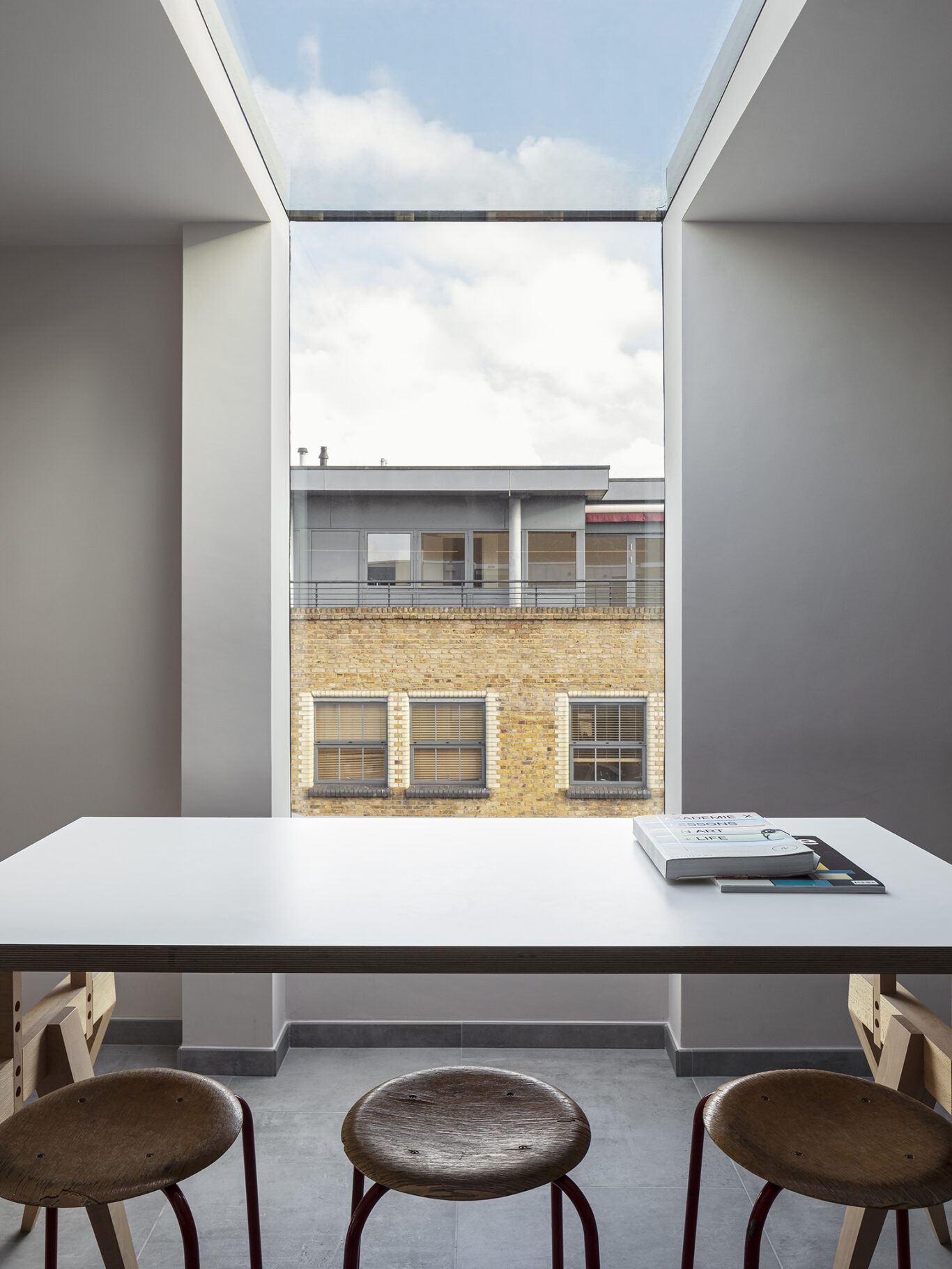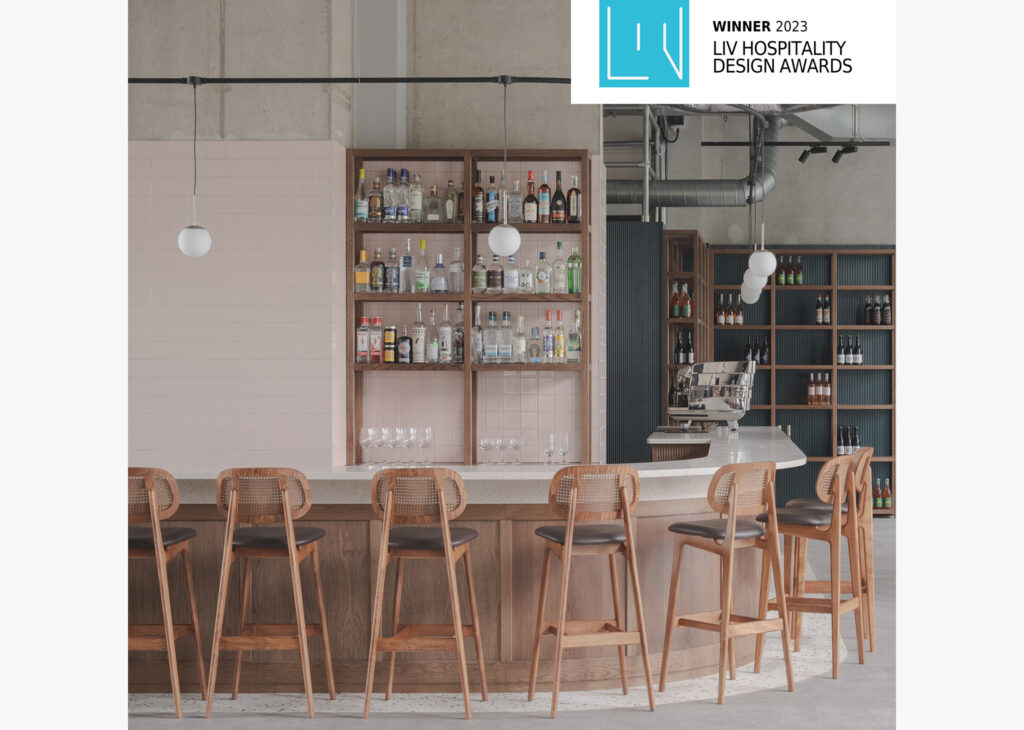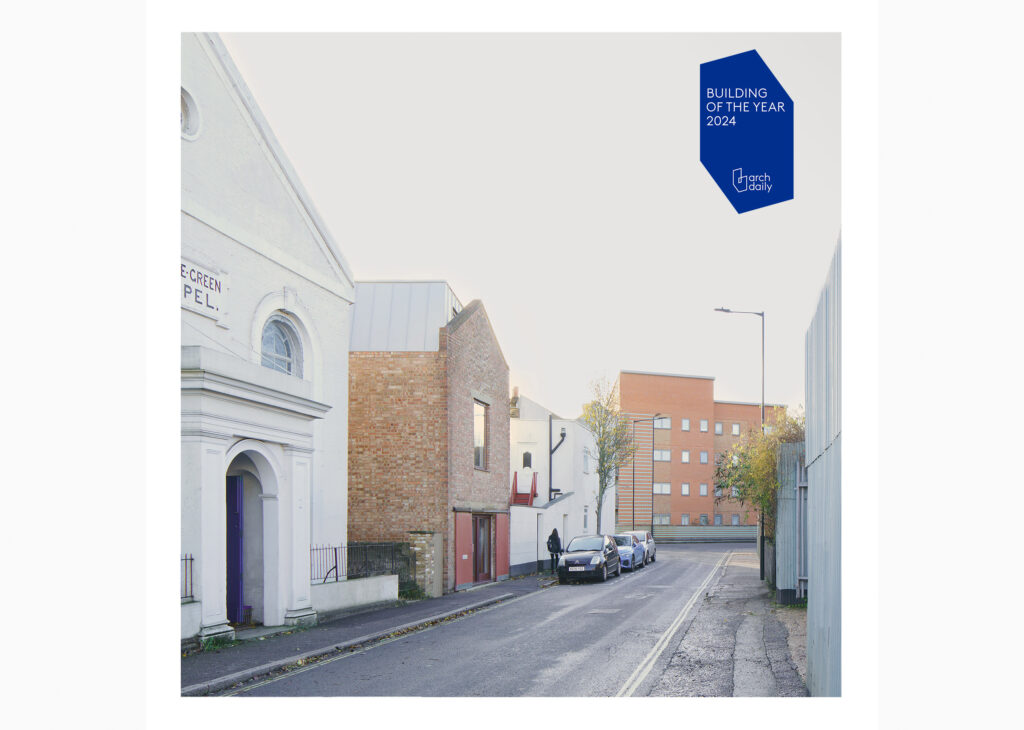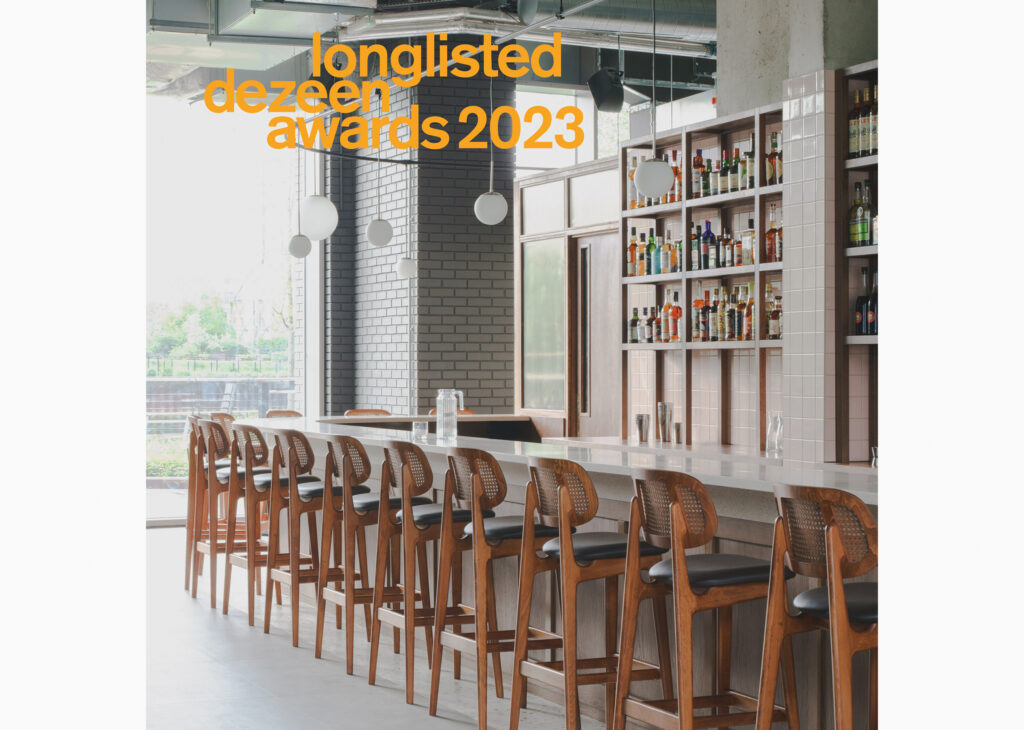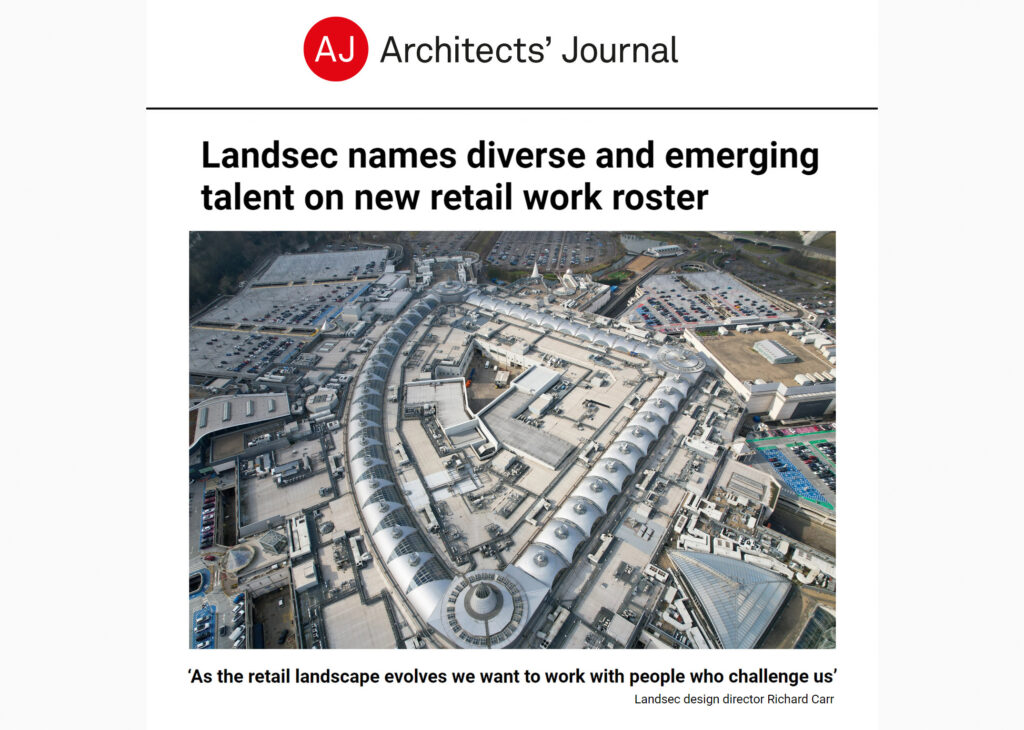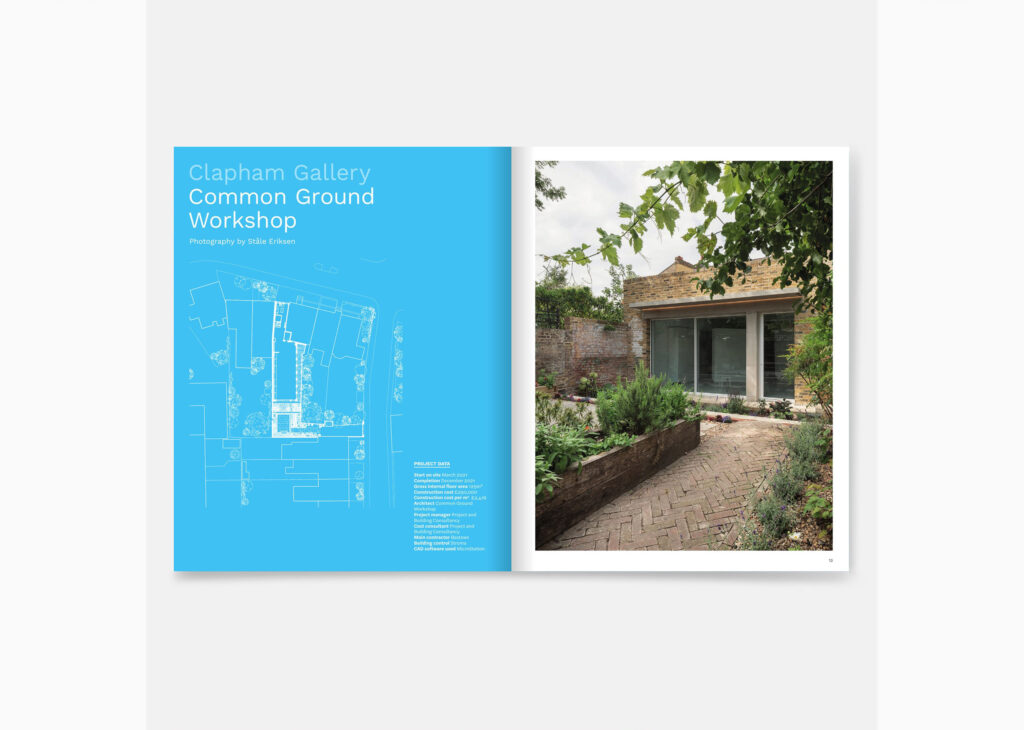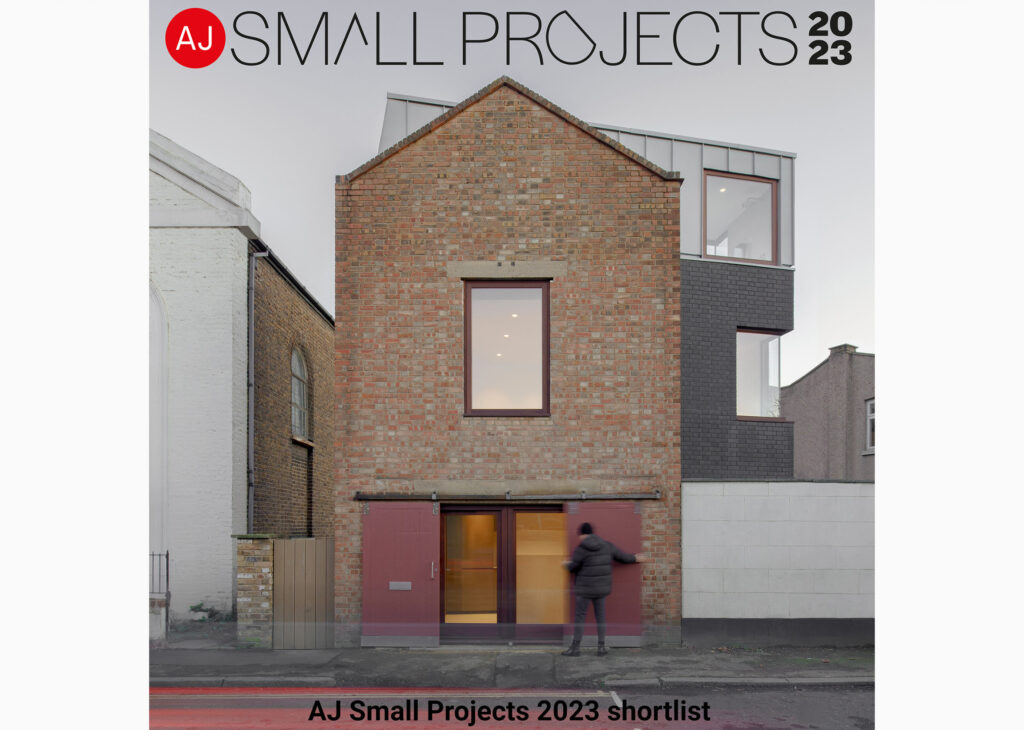How small is too small? Design for Small Spaces in London
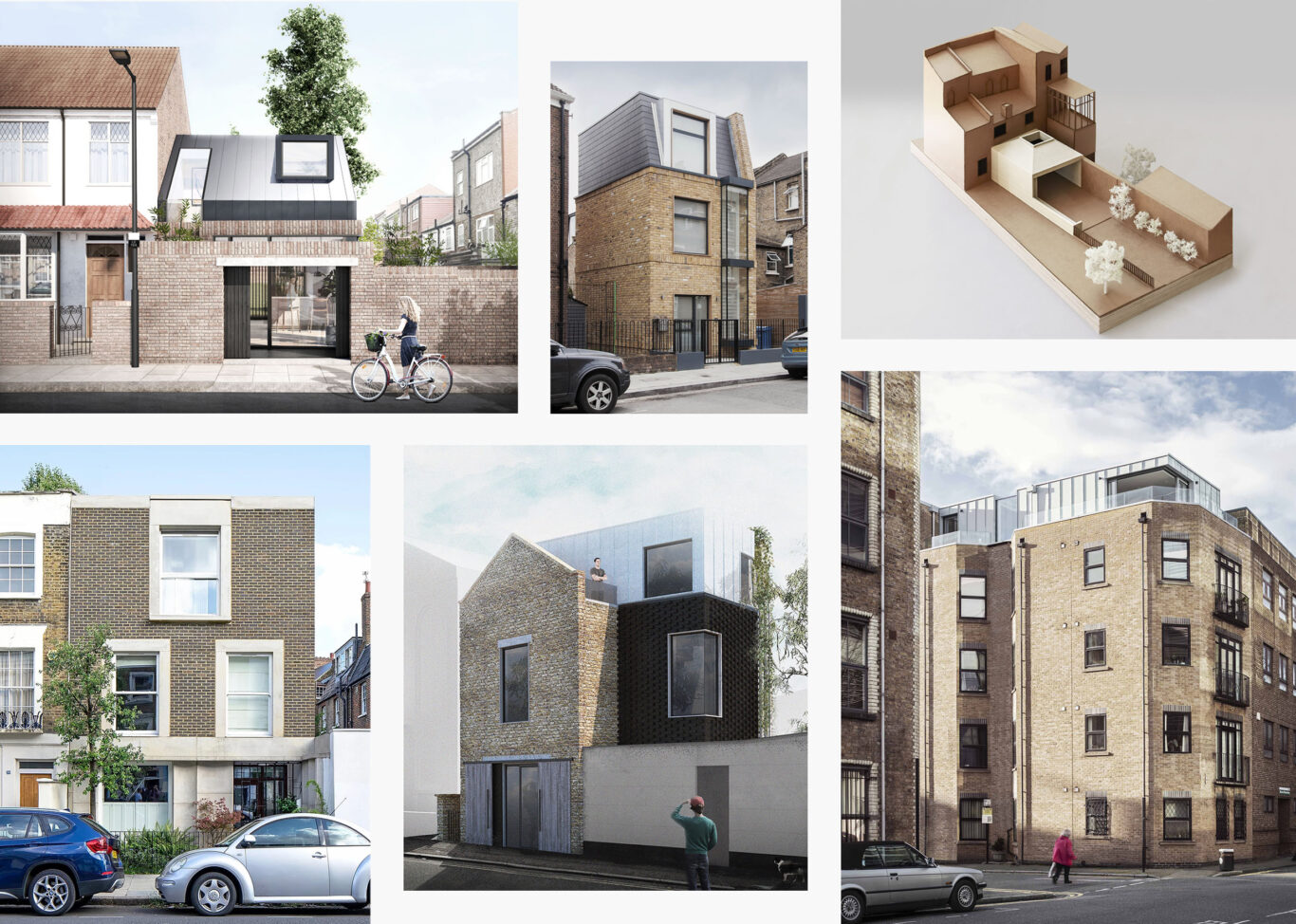
London property prices have been at a premium since we can remember and as the city continues to expand both horizontally and vertically there doesn’t seem to be any slowing in sight. This realisation has led to land owners, developers and investors with a creative vision and a good eye for opportunity to innovate with the space that is available.
We’re asking our clients, colleagues and community, how small is too small when you’re building in the city and is the city of London ready to embrace some of the design techniques and approaches being made popular with the tiny house movement or container homes.
How Small is Too Small?
This is the million dollar question and has much to do with personal tastes, experiences and requirements. As television programmes capturing the idea of the ‘tiny house’ or minimalist living situations gain popularity the general perception of living space is beginning to shift. Families of four or five that were accustomed to houses with as many or more bedrooms as family members and living areas that could hold twenty people or more at a time are now assessing what is important to them as well as how far their budgets will stretch. Some families are turning literal scraps of land into beautiful family dwellings by designing creatively and taking the traditional house and stacking it vertically.

Obtaining Planning Permissions on Difficult, Small Sites
As we build our network and develop our residential portfolio we continue to be approached by builders and private clients who have experienced difficulties gaining the permissions they seek to utilise small area allotments. Council planners are notorious scrutinisers, and, as such, they should be, their job is to assure our city continues to develop in an effective and structured way. We design from the ground up with a robust awareness of how and why planners grant permission and elements can interfere with the process.
Budgeting and Financial Objectives
A priority we focus on early with the client is to develop a discourse to better understand their short term and long term financial goals. A new build in London comes with large overhead expenses and as the client you want to rest assured that your investment no matter how large or small, will gain value over the build period and in five, ten or twenty years you hold it for.

How does Common Ground Workshop increase new build success rates?
From our experience there are a series of calculated approaches we as the architect can take to increase your success from financial discussions to planning permissions through to valuation.
- Discuss and understand yield/volume expectations for the property
- Relay initial discussion to Duty Planner for feedback
- Understand other property valuations in the area
- Prepare a pre-application to submit to city and develop an official connection with council
- Submit planning permissions to original Duty Planner
- Recommend taking plans and details to an evaluation company to understand final build
value and growth on investment.
Questions we ask the duty planner to assure our plan is inline with the council’s expectations:
- How much area can you build, how high can you go?
- What maximum volume/gross foot area is permissible by council?
Our process is to introduce the most relevant questions that assess feasibility and return on investment early in the process for those who are aiming to turn their new build into profit immediately. As an architecture practice in such a competitive industry we achieve our clients goals by delivering on tight limited budgets without compromising the quality of the design.
If you are interested in developing your first new build and would like to speak with one of our team about your next steps you can reach out to us through this form or via email at info@commongroundworkshop.co.uk and sharing some details of your plans.
